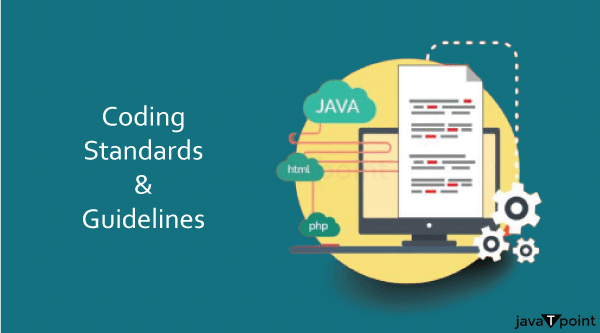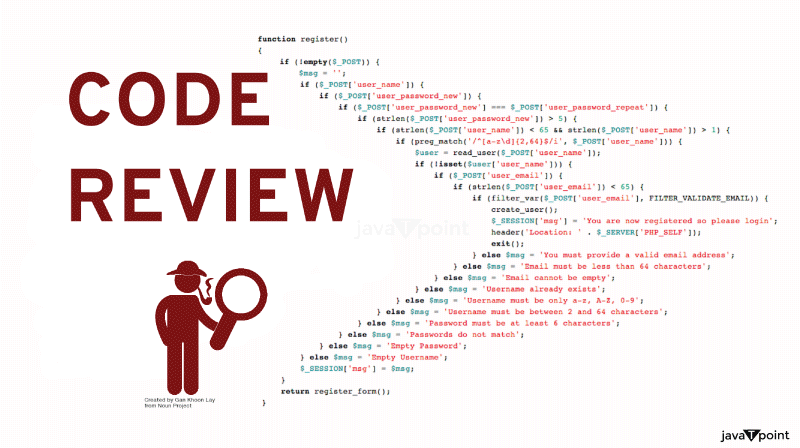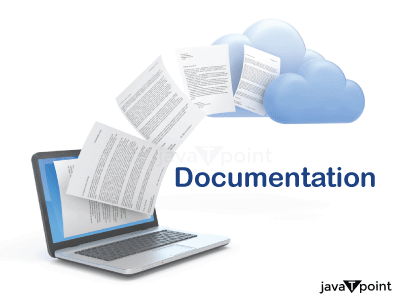Fault Avoidance in Software EngineeringIntroduction to Fault Avoidance and Commonly Used Fault Prevention TechniqueFault prevention is a technique in software engineering that helps to detect the occurrence of any fault or any defect in the software system. This technique helps in identifying issues at the early stage only. It helps to minimize the introduction of faults. Here are some commonly used faults prevention techniques: Requirements Engineering:
Clear, complete, and unambiguous requirements are crucial for developing software that meets user expectations. Fault avoidance starts by thoroughly understanding the desired functionality, constraints, and objectives of the software system. Formal requirements analysis and validation techniques, such as prototyping, user interviews, and formal methods, can help identify potential issues early on. Design Principles and Patterns:
Adhering to well-established design principles and patterns, such as modularity, encapsulation, and separation of concerns, promotes fault avoidance. These principles help create software architectures that are easier to understand, maintain, and test, reducing the likelihood of introducing faults during implementation. Coding Standards and Guidelines:
It establishes and follows coding standards and guidelines that promote clean, readable, and maintainable code. Consistent coding practices can reduce the chances of faults due to coding errors or inconsistencies. Following are some common coding standards and guidelines:
Code Reviews:
It conducts regular peer code reviews to identify and rectify coding errors, following coding standards and potential faults. Code reviews help in catching the faults at the early stage to improve overall code quality. Static Code Analysis:
Static code analysis tools can help identify faults and code quality issues without executing the software. These tools analyze the source code to detect common programming errors, coding style violations, and potential performance problems. By integrating static code analysis into the development process, developers can catch faults that might not be easily identifiable through manual inspection. Unit Testing:
Unit testing involves writing automated tests to verify the correctness of individual software components (units) in isolation. By designing and executing a comprehensive suite of tests, developers can quickly identify faults in the code, allowing them to fix issues early in the development cycle. Well-designed unit tests can also serve as documentation and prevent the reintroduction of known faults during future modifications. Automated Testing:
Implement automated testing techniques, including integration tests, system-level tests, and regression tests, to verify the interaction and behavior of software components. Automated tests provide ongoing verification and help detect faults before they manifest. Defensive Programming:
Apply defensive programming techniques, such as input validation, error checking, and exception handling, to anticipate and handle unexpected situations or erroneous inputs. Defensive programming helps prevent faults caused by incorrect data or improper usage. Configuration Management:
Implement robust configuration management practices to manage software versions, control changes, and ensure consistency across development environments. Proper configuration management reduces the chances of configuration-related faults. Documentation:
Well-documented software systems aid fault avoidance by improving understanding, facilitating maintenance, and preventing the reintroduction of known faults during modifications. Clear and up-to-date documentation helps developers avoid pitfalls and make informed decisions. Software engineers can build more reliable, safe, high-quality software systems using these fault avoidance techniques and practices. It helps reduce the occurrence of faults, thus minimizing the impact on the end users. Fault Tolerance TestingFault tolerance testing is a type of software testing that evaluates a system's ability to continue functioning correctly in the presence of faults or failures. This testing aims to ensure that a system can maintain its intended functionality, or degrade gracefully, even when one or more components or resources are compromised. The goal of fault tolerance testing is to identify and assess the system's ability to recover from faults and resume normal operations without causing significant disruptions or data loss. This testing is essential in critical systems where failure can have severe consequences, such as in aerospace, healthcare, financial, or telecommunications domains. Various fault scenarios are simulated during fault tolerance testing to assess the system's resilience. These scenarios include hardware failures, software errors, network disruptions, and other fault conditions. The testing process typically involves the following:
By performing fault tolerance testing, organizations can identify potential vulnerabilities, weaknesses, and limitations in their systems. It helps to uncover design flaws, inadequate error handling, or insufficient redundancy measures that could compromise the system's reliability. The findings from this testing can then be used to improve the system's fault tolerance, enhance its resilience, and minimize the impact of failures on overall system performance.
Next TopicDifference between FPGA and ASIC
|
 For Videos Join Our Youtube Channel: Join Now
For Videos Join Our Youtube Channel: Join Now
Feedback
- Send your Feedback to [email protected]
Help Others, Please Share









